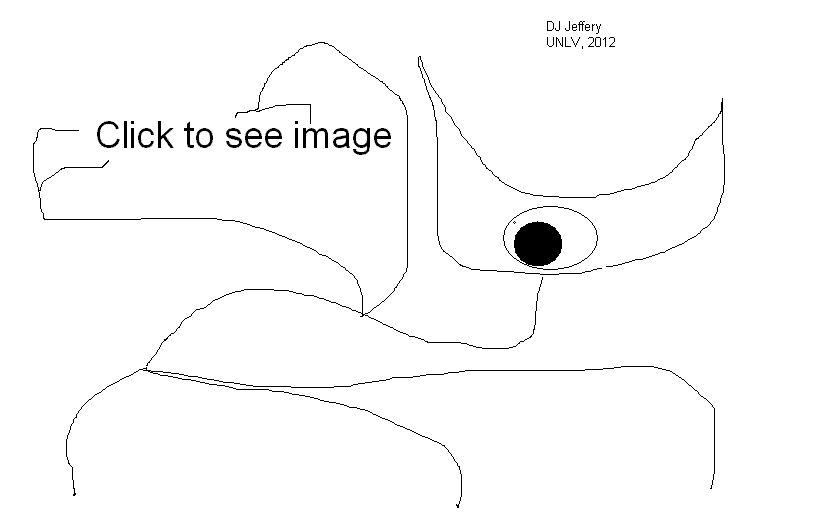
Caption: An animation of the eclipse path of the Solar eclipse of August 11, 1999 which was a total solar eclipse.
Features:
- Note that the Earth is NOT rotating
in the animation.
So the observers---us that is---are NOT rotating either.
We are observing from the zenith
of somewhere in or near
Greece.
- Note that the Moon's
umbra starts and
ends its eclipse path
on the Earth's
terminator.
It always must do this in
total solar eclipses
since as lunar umbra travels
through space it touches down and leaves at the
Earth's
terminator.
However, in a hybrid solar eclipse the umbra does NOT touch the Earth's surface during its annular solar eclipse phase, and so the umbra may NOT start or end on the Earth's terminator in hybrid solar eclipses.
- Eclipse paths
are almost always curvy on the Earth's
surface (as illustrated in the
animation)
due to the curvature of said surface and
the varying height of the Moon above
the ecliptic plane.
Calculating
eclipse paths
is a complicated process.
However, during the relatively short time of a solar eclipse, the Moon's path in space is nearly a straight line perpendicular to the Earth-Sun line
- The umbra always moves
eastward
on Eclipse paths .
This is
Moon
and its shadow, the umbra) move
eastward in
space
at an average speed of 1.022 km/s
(see Wikipedia: Moon: Table;
Moon's orbit;
Wikpedia: The Moon's mean orbital speed = 1.022 km/s)
and
upper limit on the Earth's
speed
eastward
is the Earth's equatorial
Earth's equatorial
rotational speed = 0.4651 km/s),
and so the Moon wins the
race to the
east.
In other words, NO place on Earth can keep up with umbra: the umbra must move east.
However, counterfactually if the Moon moved slower than the Earth's equatorial rotational speed = 0.4651 km/s, the umbra would have to move west sometimes. The lower the latitude (i.e., the closer to the equator), the more easily westward could be arranged.
Super counterfactually if the Moon were at rest on the Earth-Sun center-to-center line, then the umbra would sweep west (from an fixed Earth view) over the subsolar point (which is always in the tropics) perpetually as the Earth rotates east relative to the observable universe.
- The upper limit
on how long the umbra can
stay on Earth is about:
amount diameter 2*6378.1370 km t = -------- = ------------ = -------------- = 12480 s = 3.467 hours = 3.5 hours . rate Moon speed 1.022 km/s(see Wikipedia: Earth equatorial radius R_eq_⊕ = 6378.1370 km; Wikpedia: The Moon's mean orbital speed = 1.022 km/s).
Most Earth contact times for the umbra will be less than 3.5 hours since the umbra will move along a chord that is NOT a diameter on the disk of the Earth.
The Earth contact time for the Solar eclipse of August 11, 1999 was 3.1 hours which is close to maximal which is consistent with the eclipse path being close to a diameter as the animation shows.
- The lower limit
for the
Earth contact time is
zero
which occurs for the
umbra just grazing the
Earth's
limb.
-
EOF
Image link: Wikipedia: File:SE1999Aug11T.gif. Placeholder image: alien_click_to_see_image.html. Local file: local link: solar_eclipse_path_animation.html.
File: Eclipse file: solar_eclipse_path_animation.html.